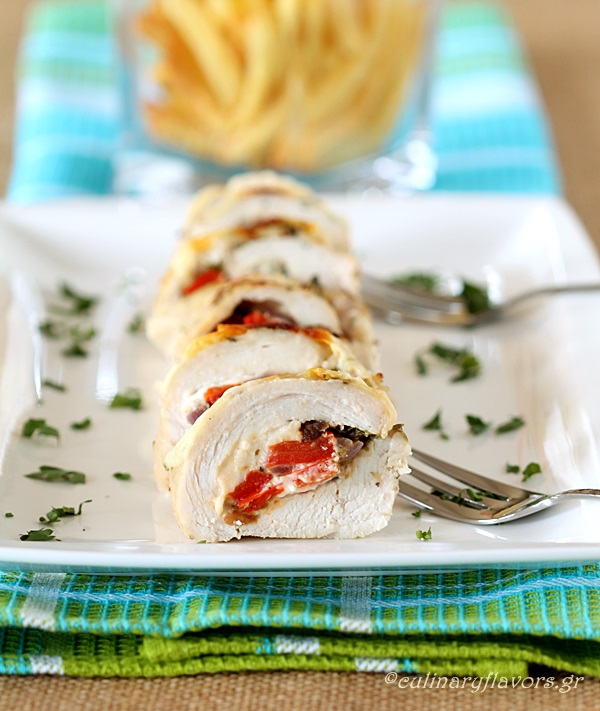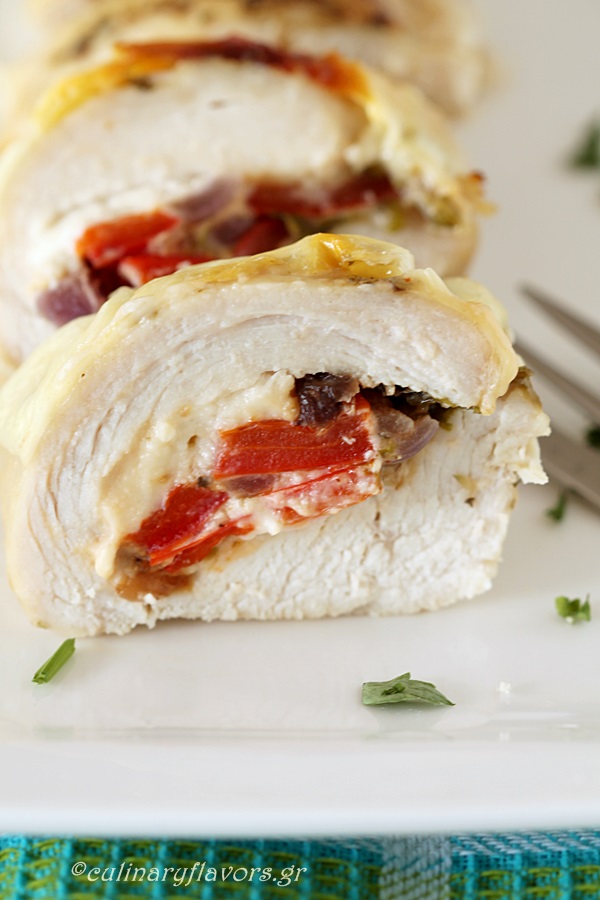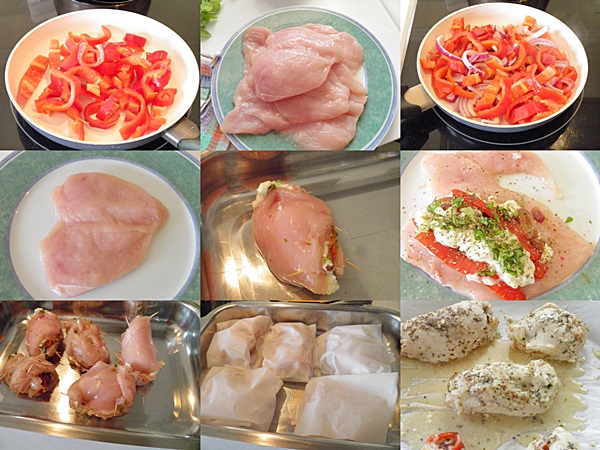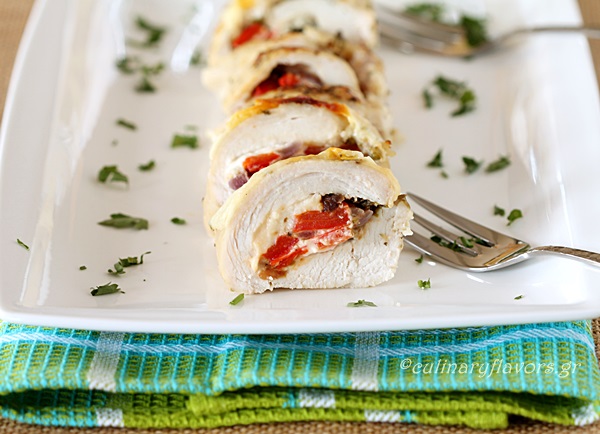Η συνταγή και στα ελληνικά στο τέλος της ανάρτησης!
In 490 BC, during the first Persian invasion to Greece, the battle of Marathon took place in the homonymous area close to Athens in Attica prefecture. The battle was between Athenians, aided by Plataeans and Persians under the commandment of Datis and Artaphernes. King of Persia, Darius I, had a strong urge to subjugate Greece and get revenge for the Greek involvement in the attempt from the cities of Ionia to overthrow of him. Darius was so eager to destroy Athens that according to myth, he put one of his servants to say to him every single day the following: “Master, don’t forget about the Athenians.”
The Battle of Marathon took place in 490 BC, during the first Persian invasion of Greece. It was a fight between the citizens of Athens, aided by Plataea, and a Persian force commanded by Datis and Artaphernes. Miltiades a brilliant Greek general was the leader of the small Greek army. In any other case, they wouldn’t stand a chance to win the numerous Persian army, but Marathon was surrounded by marshes and mountains and thus a large number of Persian army, including cavalry, was unable to join the fight. Miltiades ordered a general attack against the Persians. He reinforced his flanks, luring the Persians’ best fighters into his center. The inward wheeling flanks enveloped the Persians, routing them. The Persian army broke in panic towards their ships, and large numbers were slaughtered.
The defeat of the Persians in Marathon marked the end of the first Persian attack towards Greece and Persians retreated to Asia trying to reorganize their army after their heavy loses.
This battle has become even more famous because it was the inspiration for the Marathon race. Although thought to be historically inaccurate, the myth of the Greek messenger Pheidippides running from Marathon to Athens with the news of the victory became the inspiration for this athletic event, introduced at the 1896 Athens Olympics. After Pheidippides arrived in Athens he said one word: “Nikómen (we have won in ancient Greek)” and then he collapsed and passed away from exhaustion.
Marathon is a beautiful place close to the sea and very close to my home. So, quite often my family and I we go for Sunday walks to enjoy the sea and have lunch there. One time we visited a restaurant and I tried their stuffed chicken and I loved it. As a true food blogger, I immediately started operating on the chicken to see what it had inside and try to recreate it. The surgery was successful and the recipe was decoded. So, when I was thinking of what was going to be cooking for my boys, I immediately thought of trying to make this chicken we ate at the restaurant and we all loved it. I can tell you that the experiment was a success and we all enjoyed these stuffed chicken rolls very much, as they were very close to what we have tried there. But without further ado, let’s go and start making them!
- 700 gr. / 1.5 lb chicken breasts, opened flat like butterflies
- 1 large or two small red bell peppers, for Greeks I used Florina peppers, sliced
- 1 onion, sliced
- 100 gr. / 3.5 oz. feta cheese, for Greeks, I used the soft one with the buttery texture, for those who do not have access to such feta, just use what you ordinarily buy, crumble it and add 1 triangle of la vache qui rit cheese for every chicken roll. Mix it with the feta to become a spread.
- Salt and pepper
- 2 tbsp fresh basil, chopped
- 1 tsp oregano
- Olive oil
- Parchment paper
- Toothpicks to secure the rolls
- Preheat oven to 200°C / 400°F.
- In a skillet sauté the peppers and onion until they become soft.
- In the end add the fresh basil.
- Remove and set aside.
- Cut parchment paper in as many pieces as your chicken breasts.
- Take one breast, salt and pepper it.
- If you are lucky and can find the soft buttery feta cheese, add about a spoon and spread it like cream cheese.
- If you have prepared the spread I mention in the ingredients add a spoon from that and spread it.
- Add some peppers and onions some oregano and roll it.
- Seal it with toothpicks in that way, so the cheese doesn’t come out of it.
- For those who cannot find buttery feta, you follow the same procedure only you spread the la vache qui rit, then add a piece of feta cheese and then the peppers and seal.
- Take a parchment paper, add some olive oil, place the chicken roll in it and close it like a parcel.
- Do the same for the rest of the chickens.
- Place them in a pan and bake them in the oven for about 20 minutes.
- Open the parchment paper and broil them for a few minutes to get a nice golden color on top, about 3 to 4 minutes.
- Let them rest for five minutes and then cut them in slices and serve them.
- French fries go perfectly with it!
- 700 γρ. στήθη κοτόπουλου, φιλεταρισμένα
- 1 μεγάλη ή δύο μικρές κόκκινες πιπεριές, χρησιμοποίησα πιπεριές Φλώρινας, σε φέτες
- 1 κρεμμύδι, κομμένο σε φέτες
- 100 γρ. τυρί φέτα, μαλακή σαν βούτυρο, για όσους δεν έχουν πρόσβαση σε τέτοια φέτα, χρησιμοποιήστε ακριβώς όποια αγοράζετε συνήθως, μόνο θα πρέπει να προσθέσετε 1 τρίγωνο la vache qui rit τυρί για κάθε ρολό κοτόπουλο. Θρυμματίζετε τη φέτα και την ανακατεύετε με το la vache να γίνει σαν αλοιφή.
- Αλάτι και πιπέρι
- 2 κ.σ. φρέσκο βασιλικό, ψιλοκομμένο
- 1 κ.γ. ρίγανη
- Ελαιόλαδο
- Λαδόκολλα
- Οδοντογλυφίδες για να ασφαλίσετε τα ρολά
- Προθερμάνετε το φούρνο στους 200° C.
- Σε ένα τηγάνι σοτάρετε τις πιπεριές και το κρεμμύδι μέχρι να μαλακώσουν.
- Στο τέλος προσθέστε το φρέσκο βασιλικό.
- Βάλτε στην άκρη.
- Κόψτε το χαρτί περιτυλίγματος σε όσα στήθη κοτόπουλου θα γεμίσετε.
- Πάρτε ένα στήθος, αλατοπιπερώστε.
- Αν βρείτε τη μαλακή βουτυράτη φέτα, προσθέσετε ένα κουτάλι και απλώστε.
- Αν όχι απλώστε από την αλοιφή φέτας/la vache.
- Προσθέστε λίγες πιπεριές και κρεμμύδια, ρίξτε λίγη ρίγανη και ρολάρετε.
- Σφραγίστε με οδοντογλυφίδες, έτσι ώστε το τυρί να μην βγει έξω.
- Για εκείνους που δεν μπορούν να βρουν βουτυράτη φέτα, ακολουθείτε την ίδια διαδικασία, μόνο απλώνετε το la vache qui rit, και στη συνέχεια προσθέτετε ένα κομμάτι τυρί φέτα και έπειτα τις πιπεριές και σφραγίζετε.
- Πάρτε μία λαδόκολλα, προσθέστε λίγο ελαιόλαδο, τοποθετήστε το ρολό κοτόπουλο σε αυτό και κλείστε το σαν δέμα.
- Κάντε το ίδιο για τα υπόλοιπα κοτόπουλα.
- Τοποθετείστε σε ένα ταψί και ψήστε στο φούρνο για περίπου 20 λεπτά.
- Ανοίξτε την λαδόκολλα και ψήστε στη σχάρα για λίγα λεπτά για να πάρει ένα ωραίο χρυσό χρώμα στην κορυφή, περίπου 3 έως 4 λεπτά.
- Αφήστε να ξεκουραστεί για πέντε λεπτά και στη συνέχεια κόψτε σε φέτες και σερβίρετε.
- Του πάνε τέλεια οι τηγανητές πατάτες!




